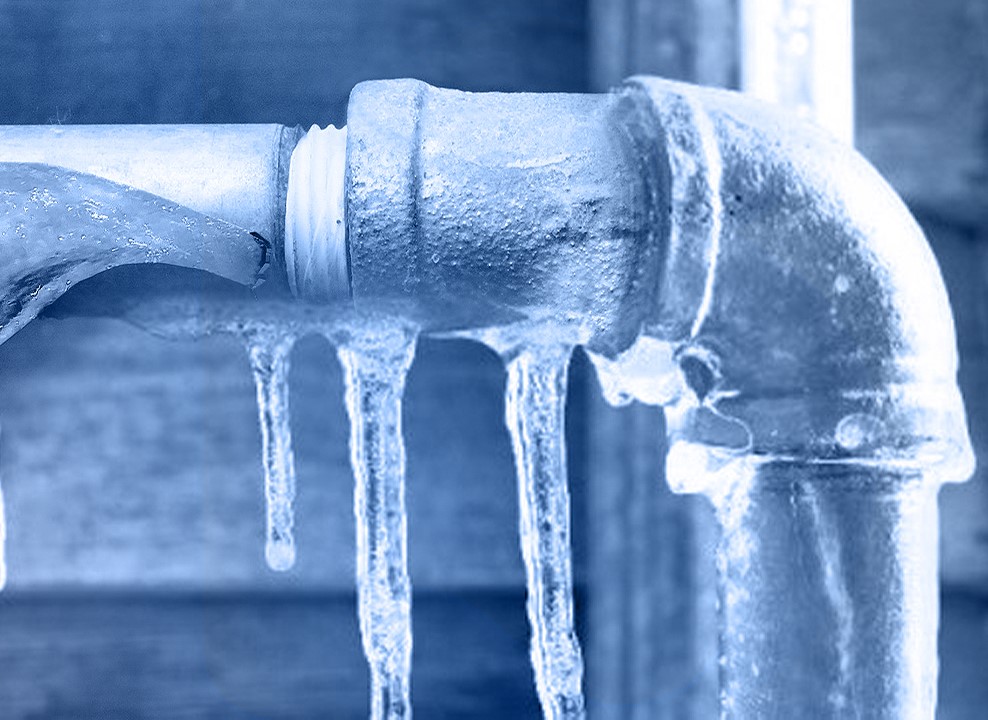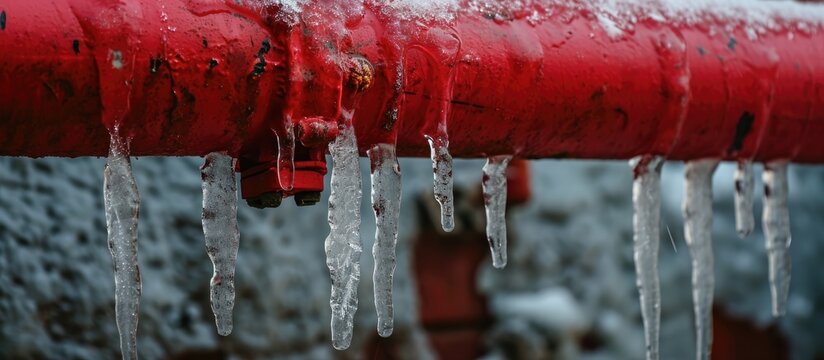Essential Methods for Avoiding Frozen Pipes in Winter
Request An EstimateAlmost everyone maintains their own unique thinking on the subject of Winter Plumbing Precautions: Preventing Frozen Pipes.

Winter can ruin your pipes, particularly by freezing pipelines. Here's just how to stop it from taking place and what to do if it does.
Intro
As temperatures drop, the danger of icy pipelines boosts, possibly leading to costly repairs and water damage. Comprehending how to stop icy pipes is important for house owners in chilly climates.
Prevention Tips
Insulating vulnerable pipes
Wrap pipes in insulation sleeves or use warmth tape to shield them from freezing temperatures. Focus on pipes in unheated or external locations of the home.
Heating techniques
Keep indoor spaces effectively warmed, especially areas with plumbing. Open up cabinet doors to permit cozy air to circulate around pipelines under sinks.
How to identify icy pipes
Look for lowered water flow from taps, unusual odors or noises from pipelines, and visible frost on revealed pipelines.
Long-Term Solutions
Structural adjustments
Think about rerouting pipelines far from outside walls or unheated areas. Add added insulation to attics, basements, and crawl spaces.
Upgrading insulation
Invest in premium insulation for pipes, attics, and wall surfaces. Proper insulation aids keep consistent temperature levels and reduces the danger of frozen pipelines.
Shielding Outside Pipes
Garden tubes and exterior taps
Disconnect and drain yard pipes before winter season. Install frost-proof spigots or cover outdoor faucets with insulated caps.
Recognizing Icy Pipelines
What creates pipelines to freeze?
Pipes freeze when exposed to temperature levels listed below 32 ° F (0 ° C) for prolonged durations. As water inside the pipelines freezes, it expands, putting pressure on the pipeline walls and potentially creating them to rupture.
Dangers and damages
Icy pipes can result in water supply disruptions, property damages, and pricey repair work. Burst pipes can flood homes and create substantial structural damages.
Indicators of Frozen Piping
Determining icy pipes early can prevent them from bursting.
What to Do If Your Pipelines Freeze
Immediate actions to take
If you suspect icy pipelines, keep taps open to soothe pressure as the ice melts. Use a hairdryer or towels soaked in hot water to thaw pipes slowly.
Verdict
Stopping icy pipes requires positive measures and fast reactions. By understanding the reasons, signs, and preventive measures, homeowners can protect their plumbing throughout winter.
5 Ways to Prevent Frozen Pipes
Drain Outdoor Faucets and Disconnect Hoses
First, close the shut-off valve that controls the flow of water in the pipe to your outdoor faucet. Then, head outside to disconnect and drain your hose and open the outdoor faucet to allow the water to completely drain out of the line. Turn off the faucet when done. Finally, head back to the shut-off valve and drain the remaining water inside the pipe into a bucket or container. Additionally, if you have a home irrigation system, you should consider hiring an expert to clear the system of water each year.
Insulate Pipes
One of the best and most cost-effective methods for preventing frozen water pipes is to wrap your pipes with insulation. This is especially important for areas in your home that aren’t exposed to heat, such as an attic. We suggest using foam sleeves, which can typically be found at your local hardware store.
Keep Heat Running at 65
Your pipes are located inside your walls, and the temperature there is much colder than the rest of the house. To prevent your pipes from freezing, The Insurance Information Institute suggests that you keep your home heated to at least 65 degrees, even when traveling. You may want to invest in smart devices that can keep an eye on the temperature in your home while you’re away.
Leave Water Dripping
Moving water — even a small trickle — can prevent ice from forming inside your pipes. When freezing temps are imminent, start a drip of water from all faucets that serve exposed pipes. Leaving a few faucets running will also help relieve pressure inside the pipes and help prevent a rupture if the water inside freezes.
Open Cupboard Doors
Warm your kitchen and bathroom pipes by opening cupboards and vanities. You should also leave your interior doors ajar to help warm air circulate evenly throughout your home.

I ran across that write up on Preventing and dealing with frozen pipes when doing research the internet. For those who enjoyed our post if you please do not forget to share it. Many thanks for your time. Return soon.
Click Here